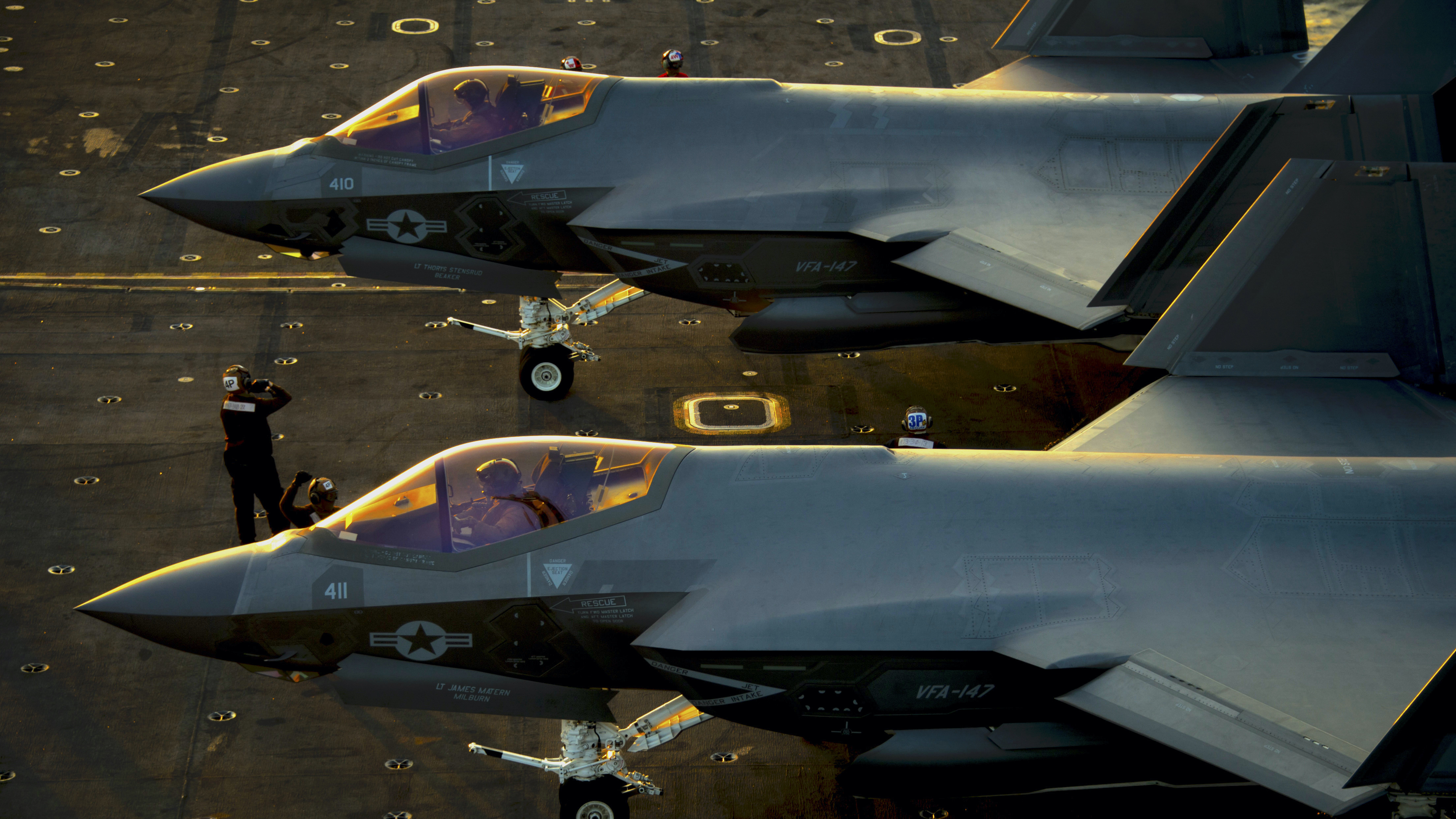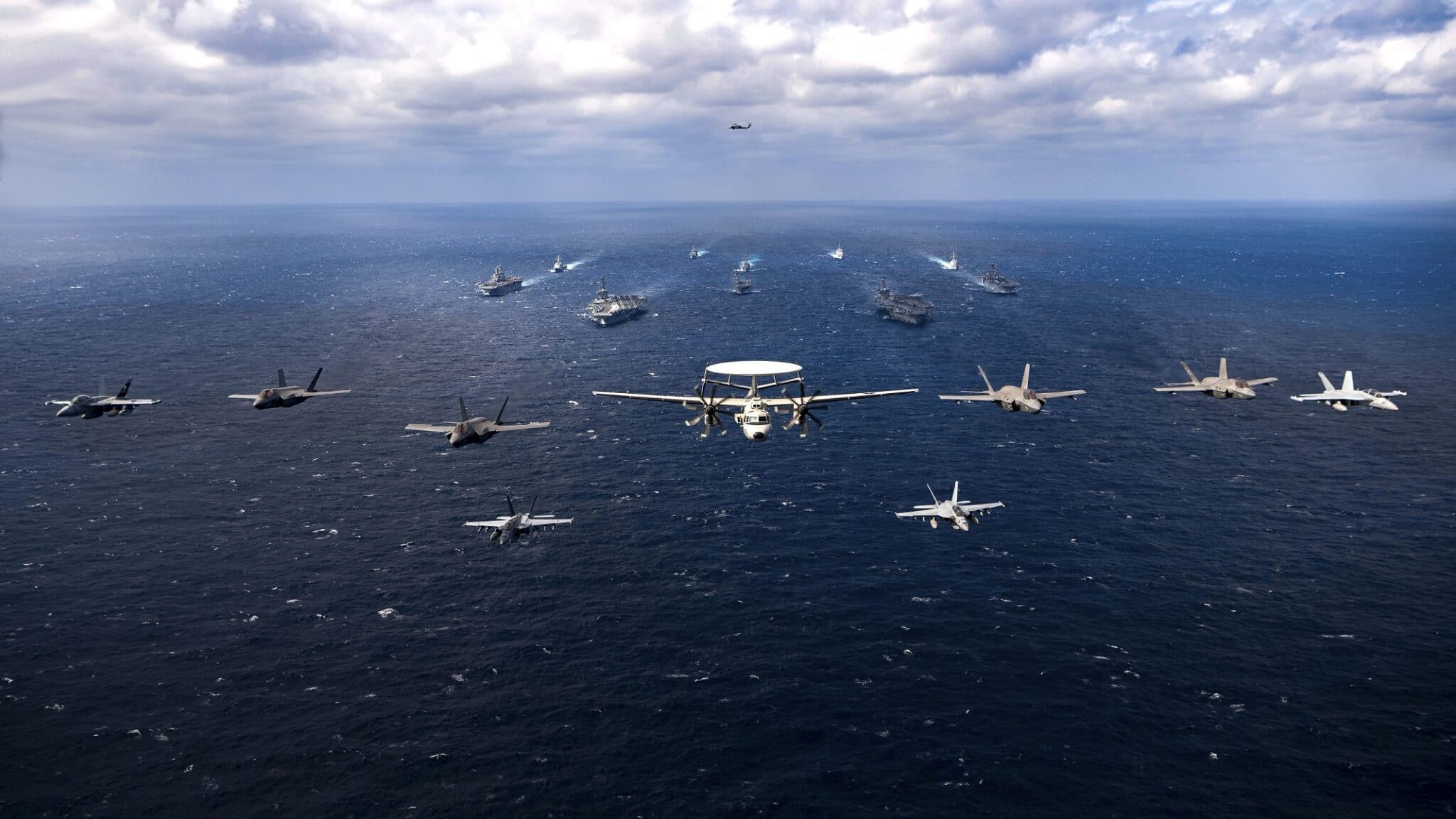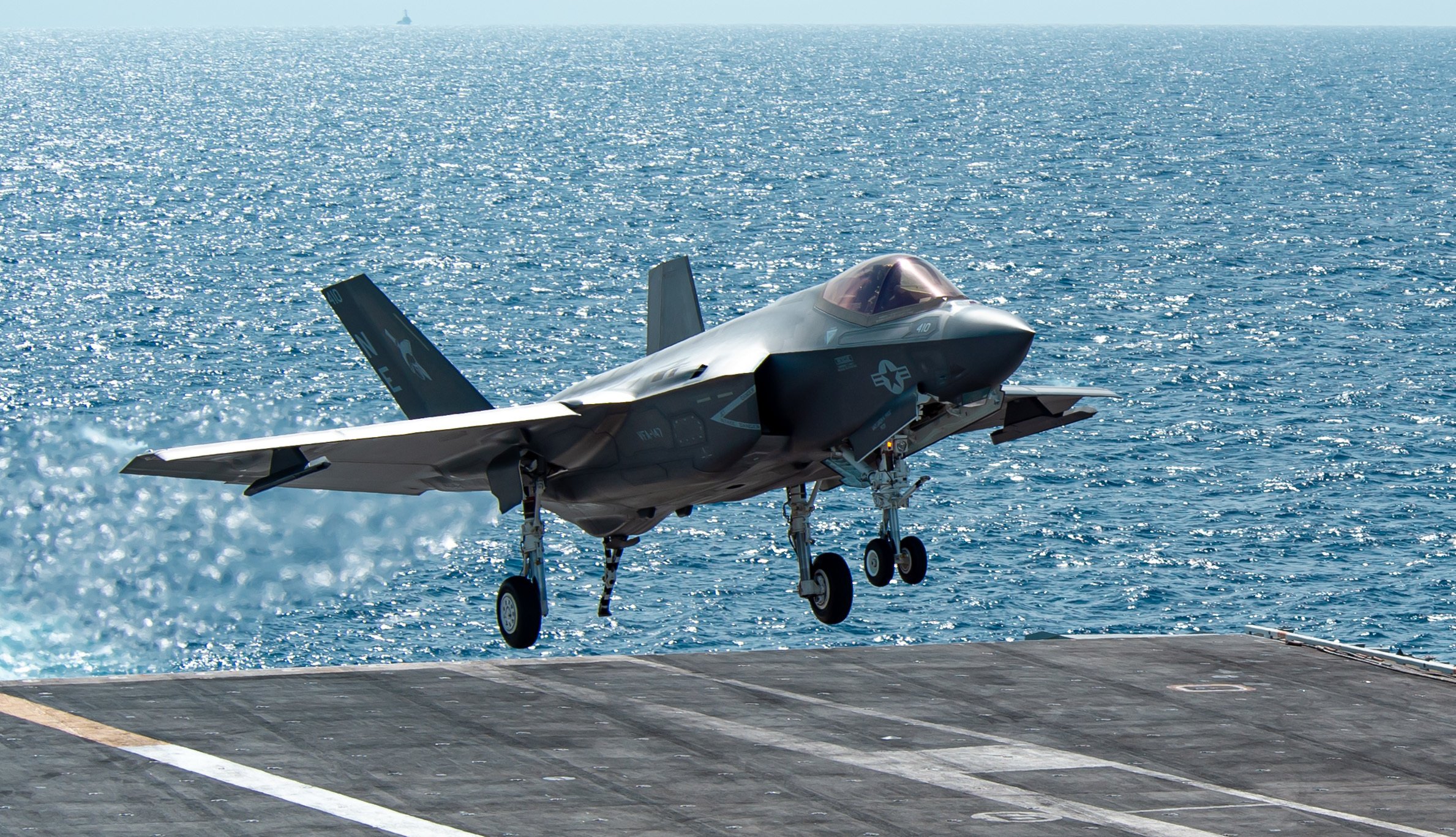Carrier Air Wing 2 - Home page | United States Navy - Ships | US Navy - Air Force | USMC - Aviation Department | International Naval Equipment Systems Special Report
CVBG-74 7 November 1945 - 2 January 1946 USS Midway (CVB 41) - Damaged cruise - Caribbean Sea
Carrier Air Wing 2

1 March 1945 - 28 March 1946 USS Midway (CVB 41) - Operation Frostbite - North Atlantic Ocean
Officially Licensed Us Navy Carrier Air Wing Cvw 7 Patch
6 December 1950 - 26 March 1951 USS Valley Forge (CV 45) - Western Pacific, Korean War
28 March 1951 - 9 June 1951 USS Philippine Sea (CV 47) - Western Pacific, Korean War
13 January 1984 - 1 August 1984 USS Kitty Hawk (CV 63) - Western Pacific, Indian Ocean
8 December 1990 - 8 June 1991 USS Ranger (CV 61) - Operation Desert Shield and Storm
The Gang's All Here: Aircraft Carrier And Air Wing Come Together To Achieve Mission Readiness > United States Navy > Display Statements
27 May 1993 - 22 July 1993 USS Constellation (CV 64) - Westcoast around Cape Horn
6 May 1994 - 30 June 1994 USS Constellation (CV 64) - Pacific Ocean, Exercise RIMPAC 94
10 November 1994 - 10 May 1995 USS Constellation (CV 64) - Western Pacific, Indian Ocean, Persian Gulf

1 April 1997 - 1 October 1997 USS Constellation (CV 64) - Western Pacific, Indian Ocean, Persian Gulf
Carrier Air Wing Two
13 March 2008 - 12 October 2008 USS Abraham Lincoln (CVN 72) - Western Pacific, Persian Gulf
September 7, 2010 - March 24, 2011 USS Abraham Lincoln (CVN 72) - Western Pacific, Arabian Sea
September 8, 2015 - December 17, 2015 aboard USS George Washington (CVN 73) - San Diego to Norfolk via South America
> For a full list of squadrons and aircraft used go to the bottom of this page <> For more photos go to the individual aircraft carriers page <
Cvw: Us Navy Carrier Air Wing Aircraft 1975 2015
Carrier Air Wing II's motto, "For Freedom, We Fight," is fitting for a military organization that has served freedom since the end of World War II. Established on May 1, 1945 as CVBG-74, the new air battle group consisted primarily of 96 F4U-4 / FG-1D Corsairs and 46 SBW-4E Helldivers. Redesignated CVBG-1 on November 15, 1946, the first actual operation took the air group to the Mediterranean Sea from October 1947 to March 1948. , led four long-range aircraft groups to coordinate with USAF aircraft against the bombing of Seoul, securing Kimpo Airfield, as well as Suiho Dam.
In 1961, during the conflict between Taiwan and mainland China, the first A4D-2 Skyhawks were deployed. Used to patrol the Formosa Strait. In late 1963, the Air Force began its first operations with F-4 Phantoms, and on December 20 , the air wing was redesignated Attack Carrier Air Wing TWO (CVW-2).
In 1965, the first of seven warships was sent to Southeast Asia. Air Wing IKI is believed to be the first of three confirmed MiG-17 kills over North Vietnam. In July 1966, the Air Force demonstrated its first Phantom delivery, and E-2A Hawkeyes joined the team. Coordinated aircraft carrier operations in Tonkin Bay in February 1967 Appreciation of the Air Wing. CVW-2 began its relationship with the USS RANGER (CVA-61) in 1967-68. The new A-7A bomber and A-6A fighter make CVW-2 the first aircraft of the Astack Carrier Air Wing. CVW-2 operated for thirty days in the Sea of Japan in response to the North Korean seizure of the USS PUEBLO (AGER-2) and was awarded the Air Force Wing Expeditionary Medal and Superior Commendation. Beginning in December 1972, CVW-2 used laser-guided munitions (LGB) for combat operations. Naval battle in Vietnam. The VA-145 attack destroyed fourteen of the fifteen bridges within three hours. CVW-2 launched its first peacekeeping mission in 1974 in more than 12 years. CVW-2 was later redesignated Carrier Air Wing TWO as part of the CV concept. In 1979, the anti-submarine warfare unit was joined by S-3A Vikings and HS-14s flying VS-38s in SH-3D Sea Kings. The F-14A Tomcat, VF-1 and VF-2 were deployed in September 1980, spending four months in the Indian Ocean and Arabian Gulf to await the release of US hostages in Iran. The air wing performed its tenth deployment against RANGER in 1982 before being transferred to USS KITTY HAWK (CV 63).

CVW-2 reverted to RANGER in 1987, consisting primarily of Grumman aircraft. In July 1987, a Grumman Air Wing deployed to the Western Pacific/Indian Ocean flew several Free Will soldiers into the Persian Gulf. CVW-2 aircraft also flew in support of US military strikes on oil platforms used by Iranian fighters to attack US oil tankers in the Gulf. From February to August 1989, RANGER/CVW-2 conducted routine patrols in the western Pacific/Indian Ocean. After this operation, VMA(AW)-121 was retired from CVW-2 and replaced by VA-155.
Cvw 6 Carrier Air Wing Group Cvg Carairwing Us Navy
On December 8, 1990, Airlift 2 departed RANGER for a mission in the Indian Ocean in support of DESERT SHIELD task. At the direction of the National Command, the RANGER/CVW-2 team crossed the Strait of Hormuz into the Arabian Gulf on January 15, 1991 to meet the United Nations deadline for the withdrawal of all Iraqi forces from Kuwait. At 0400 on January 17, thirty-six hours after arriving on station, CVW-2 conducted a coordinated night strike against Iraq in support of DESERT STORM. In the next 75 hours, the CVW-2 made several flights to attack Iraqi military targets.
For the next 43 days, Air Wing II carried out a naval strategy in the Arabian Gulf - to control the sea lanes. sea, protect the right bank of the combined army, and conquer the enemy. The Grumman Air Wing served as the Navy's primary night air wing, flying 75 percent of its 10,500 hours at night. Air Wing II completed more than 140 sorties and 30 air patrols before returning to San Diego on June 8, 1991.
On 1 August 1992, CVW-2 departed RANGER for a "final tour" of the Arabian Gulf, during which they supported Operation Southern Hour, an implementation of the United Nations Resolution. On December 3, 1992, RANGER/CVW-2 left the Gulf and left the southern coast of Somalia. CVW-2, the first aircraft to fly in support of Operation Restore Hope, provided Air Force cover and air traffic control in Mogadishu. RANGER's "last tour" ended on January 30, 1993.
1993 was a year of transition. VA-145, VA-155 and VF-1 were all withdrawn from service and McDonnell Douglas F/A-18C (Lot XV) Hornets flying VFA-137 and VFA-151 were designated. CVW-2's new home, USS CONSTELLATION (CV-64), was brought "around the clock" from Mayport, Florida to San Diego. VF-2 was converted to the F-14D Super Tomcat and VS-38 was upgraded to the S-3B. The HS-14 was replaced by the HS-2 flying SH-60F Seahawk helicopters. In October, VMFA-323 joined Navy Air Wing IKI as the third Hornet squadron. This new design, the Carrier Air Wing II, became the model for future Air Wings.
File:us Navy 111005 N Bh789 116 Sailors Perform Final Pre Flight Inspections On Aircraft Assigned To Carrier Air Wing (cvw) 2.jpg
Completed with the first configuration of the 50 Strike Fighter Air Wing, CVW-2 launched CONSTELLATION on 10 November 1994, headed for the Western Pacific and Arabian Gulf. During this operation, CVW-2 played a key role in joint and bilateral exercises, including Beachcrest '94, Master of the Seas, Neon Arrow, Eager Archer, and Beacon Flash, while the United States implemented the US national policy objective of maintaining daylight saving time. Time. With more than 18,800 flight hours, the combat capabilities, innovative tactics and operational concepts demonstrated by CVW-2 validated the Navy's new Air Wing configuration and gave new meaning to the concept of global power. The CVW2/CONSTELLATION crew returned to San Diego on May 10, 1995.
The training mission demonstrated the wide impact of CVW-2 with several teams supporting OPERATIONS DENY FLIGHT and DECISIVE EDGE from Fairbanks, Alaska, Aviano AB, Italy, as well as Joint Air Forces (East) demonstrating support for counternarcotics operations. Short-term destroyers were transferred to Seattle aboard the USS KITTY HAWK and Vancouver, British Columbia, Mazatlan, Mexico and San Francisco aboard the USS CONSTELLATION. CVW-2 provided adversary forces for three missions and increased command of the joint air force elements simulated in joint exercises 95-1 and 96-1. Components of CVW-2 were sent to Comox, British Columbia to participate in MARCOT 95 with Canadian forces and Valparaiso, Chile for TEAM WORK South with the Chilean Navy. CVW-2 continues signal training after serving as Joint Air Force Commander Red during ROVING SANDS 96, the largest joint/joint combat exercise in the world.
On April 1, 1997, June 18, 1999 and March 16, 2001, CVW-2 and CONSTELLATION aircraft were deployed in the Western Pacific and Arabian Gulf. Cumulatively during these 18 months, CVW-2 successfully completed more than 33 weeks of high-speed operations in the Arabian Gulf, including more than 13,000 sorties within the Fifth Fleet's area of responsibility. The latest three operations include joint military exercises with allied forces in the Arabian Gulf. and military exercises with Saudi Arabia.

Carrier air wing capcom, carrier air wing two, carrier air wing 14, carrier air wing 11, carrier air wing 1, carrier air wing 9, carrier air wing 8, carrier air wing, carrier air wing 7, carrier air wing 17, carrier air wing five, carrier air wing seven
0 Comments